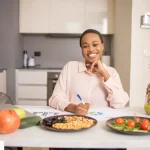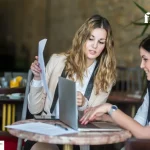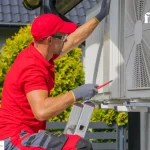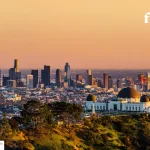Western cuisine, rooted in the culinary traditions of Europe and the Americas, has become a global phenomenon. Known for its diversity, adaptability, and historical depth, Western food encompasses a range of flavours, ingredients, and cooking techniques. From hearty stews to delicate pastries, the cuisine reflects the history and cultural influences of its regions. Its evolution through trade, colonisation, and globalisation has made it a dominant force in the culinary world. Beyond its flavours, Western cuisine is a testament to innovation and cultural exchange, offering something for everyone.
| Aspect | Description |
| Roots | European and American culinary traditions |
| Notable Elements | Diverse flavours, use of dairy, meats and grains |
| Global Influence | Fusion with international cuisines |
| Popularity | High, with universal appeal in restaurants and homes |
Table of contents
Historical Origins

Western cuisine has deep roots in European history, evolving through centuries of agricultural innovation, trade, and cultural exchange. The culinary landscape of ancient Greece and Rome laid the foundation for many techniques and ingredients still in use today. With the advent of the spice trade, Western kitchens were transformed, integrating exotic flavours that broadened the palate. The discovery of the Americas brought a wealth of new ingredients, such as tomatoes, potatoes, and maize, revolutionizing traditional recipes. Over time, industrialization and technological advancements shaped modern cooking methods and food availability.
| Period | Key Events and Contributions |
| Ancient Times | Greek and Roman culinary traditions |
| Middle Ages | Spices and preservation methods introduced |
| Renaissance Era | Refinement of techniques, French influence grows |
| Modern Era | Fusion cuisines and technological innovations |
Regional Cuisines and Signature Dishes

Western cuisine varies significantly across regions, each with its unique culinary identity. European nations like France, Italy, and Germany boast iconic dishes, while American and Mexican foods contribute their own flavours. Each region reflects its history, climate, and local ingredients. For instance, French cuisine is renowned for its meticulous preparation and presentation, while Italian dishes emphasize simplicity and fresh ingredients. In the Americas, diverse cultural influences have given rise to a fusion of flavours, creating beloved staples like burgers, tacos, and barbecues.
| Region | Notable Dishes | Characteristics |
| France | Coq au Vin, Croissants | Sophisticated techniques, butter-rich |
| Italy | Pasta, Risotto | Focus on simplicity and fresh herbs |
| Germany | Bratwurst, Sauerkraut | Hearty and meat-centric |
| United States | Burgers, Fried Chicken | Bold flavours, fast-food culture |
| Mexico | Tacos, Enchiladas | Spicy, corn-based, vibrant colours |
Also Read:
Culinary Traditions and Practices
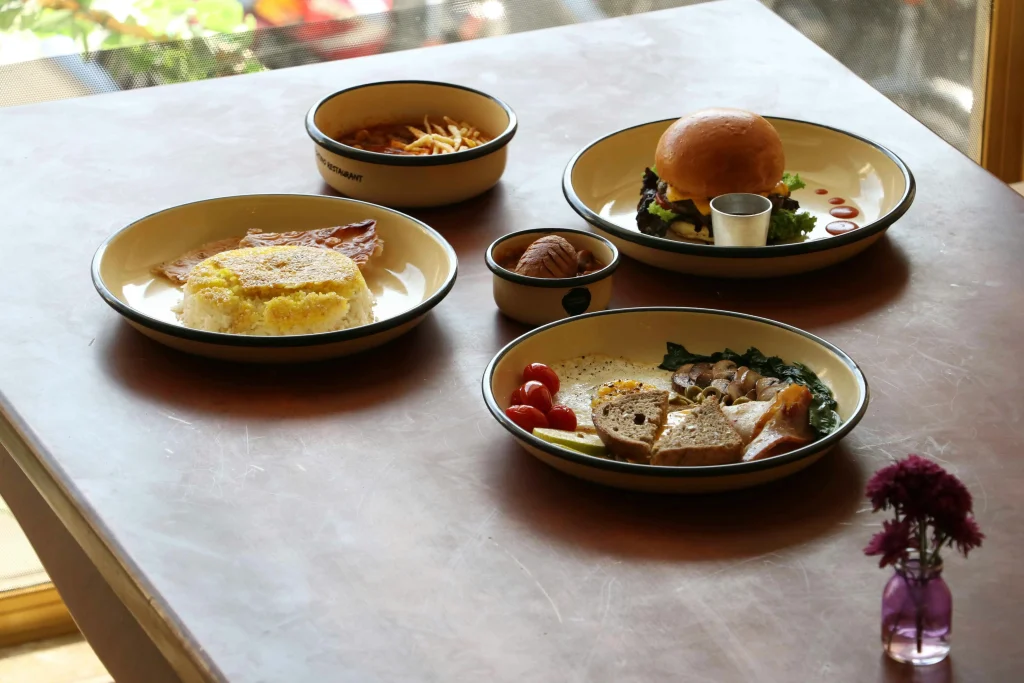
Western culinary traditions reflect both shared and region-specific customs. Meal structure, use of utensils, and dining etiquette highlight the cultural depth of this cuisine. A typical Western meal often includes an appetizer, main course, and dessert, showcasing the importance of structure and balance. Holidays and celebrations play a significant role, with festive meals often incorporating traditional dishes. Additionally, beverages like wine, beer, and coffee hold cultural significance, often enhancing the dining experience.
| Element | Description |
| Use of Cutlery | Knife, fork and spoons are commonly used |
| Meal Courses | Typically three: appetiser, main, dessert |
| Social Aspect | Meals are often social events, family-oriented |
| Beverages | Wine and beer are commonly paired with meals |
Global Influences and Fusion Cuisine

Western cuisine has both influenced and been influenced by other cultures. The integration of spices, sauces, and techniques from Asia, Africa, and beyond has given rise to innovative fusion dishes. This exchange reflects the interconnectedness of the modern world, where culinary boundaries are increasingly blurred. From sushi burritos to Tex-Mex staples, fusion cuisine highlights the creativity and adaptability of Western food culture. Moreover, the export of Western fast food chains has popularised items like burgers and fries globally, while also integrating local flavours.
| Fusion Type | Example Dish | Origin/Influence Combination |
| Asian-Western | Sushi Burrito | Japanese and American |
| Afro-European | Peri-Peri Chicken | African spices with European methods |
| Tex-Mex | Nachos, Quesadillas | Mexican and American |
| Indo-British | Chicken Tikka Masala | Indian flavours adapted in the UK |
Contemporary Trends in Western Cuisine
Modern Western food culture embraces health, sustainability, and innovation. From farm-to-table practices to plant-based diets, the cuisine evolves with societal trends and technological advancements. Health-conscious consumers are driving the demand for organic and locally sourced ingredients, while the rise of veganism and vegetarianism is reshaping menus. At the same time, technological advancements, such as precision cooking techniques and AI-driven meal planning, are revolutionising kitchens. The fast-casual dining model, combining affordability with quality, continues to gain traction among younger demographics.
| Trend | Description |
| Plant-based Diets | Rise in vegan and vegetarian options |
| Sustainability | Focus on organic and locally sourced ingredients |
| Food Technology | Innovations in cooking methods (e.g. sous vide) |
| Fast-Casual Dining | Quality food at affordable prices |
Western food culture is a tapestry of rich history, regional diversity, and global influences. Its ability to adapt while maintaining its core traditions ensures its continued popularity worldwide. As it evolves, Western cuisine will likely incorporate more sustainable practices and innovative technologies, making it ever more dynamic. From traditional dishes to modern innovations, Western cuisine stands as a testament to cultural exchange and culinary excellence. For booking the best student accommodation abroad to start your study abroad experience you can contact Fly Homes at 1800572118.
Also Read:
FAQs
Western cuisine primarily originates from Europe and the Americas, emphasising ingredients like dairy, grains, and meats, with techniques such as baking, roasting, and frying.
Western cuisine has been shaped by ancient Greek and Roman traditions, the spice trade, the discovery of the Americas, and globalization, which introduced new ingredients and techniques.
Famous dishes include French croissants, Italian pasta, American burgers, German bratwurst, and Mexican tacos.
Western dining typically involves structured meals with multiple courses, the use of cutlery, and a focus on pairing meals with beverages like wine or beer.
Globalization has led to fusion cuisines, blending Western methods with international flavours, and the worldwide popularity of Western fast food.
Beverages like wine, beer, and coffee are integral, often enhancing meals and holding cultural or regional significance.
Current trends include plant-based diets, farm-to-table practices, fast-casual dining, and the integration of food technology like sous vide cooking.
Examples include Tex-Mex (like nachos and quesadillas), sushi burritos (Japanese-American fusion), and chicken tikka masala (Indo-British).
Western meals usually follow a three-course structure: appetizer, main course, and dessert, with an emphasis on balance and variety.
Future trends may include increased sustainability, AI-driven meal planning, greater emphasis on superfoods, and innovative cooking methods powered by technology.
Thank you for reading this blog. This blog is all about Western food culture. Hope you liked it. Hope you liked it. For booking the best accommodation abroad to start your study abroad experience you can contact Fly Homes at 1800572118.
Follow Us on Social Media


